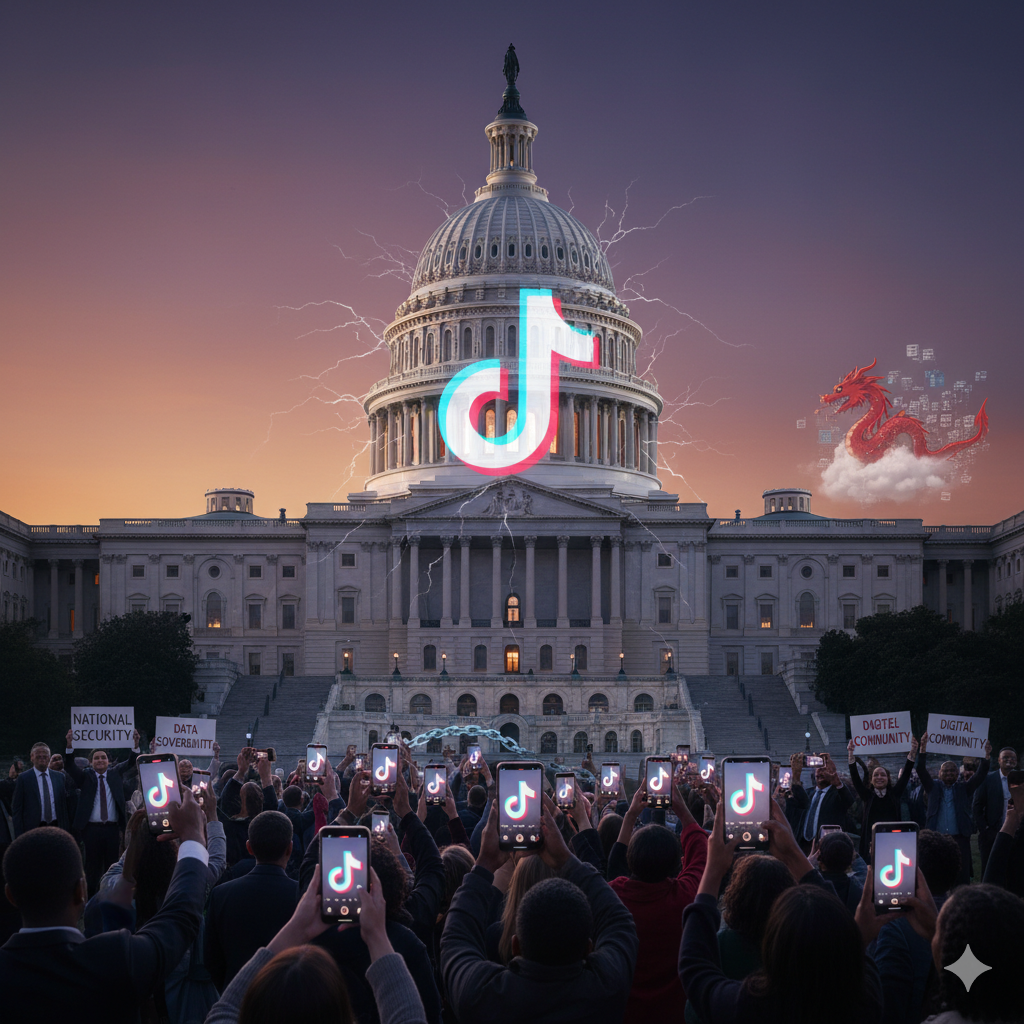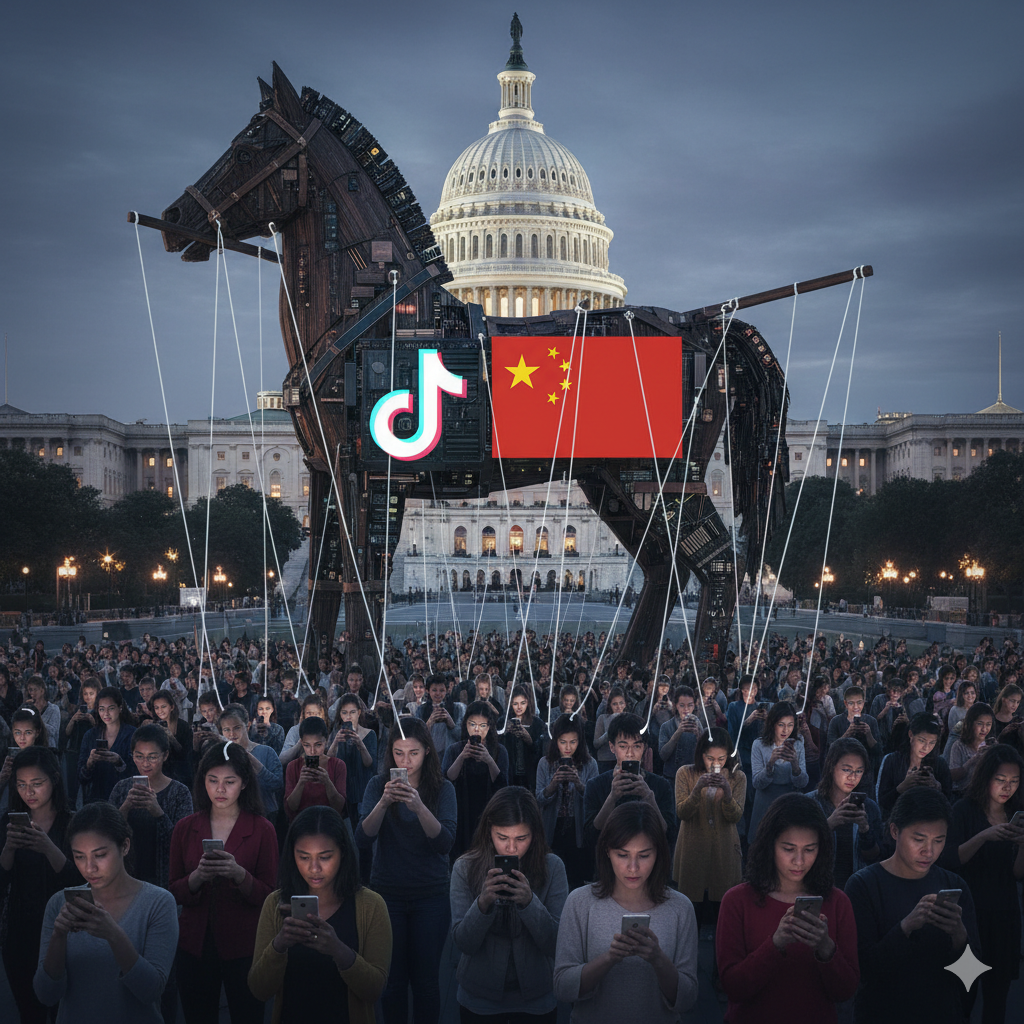X’s algorithm is a form of entrapment; I literally clicked “not interested” on the same story three separate times, yet it kept pushing it on me. It’s clearly designed to stir up anger to sell ads and subscriptions, train their AI, and gather political data points for their America PAC, rather than having a real debate. This tactic, which feels as politically focused as the FBI has become, makes the platform feel asinine and unusable: it’s not a homely place, and this manufactured outrage is genuinely starting to affect my health and professional relationships.
Tag: algorithm
-
The AI Auditor: Can Machine Learning Finally End the Era of Wasteful Government Healthcare Spending?
The Black Hole of Healthcare Spending
There are staggering statistics about the current US national debt and the percentage attributed to healthcare programs like Medicare and Medicaid.
There are well-documented problems of fraud, waste, and abuse: upcoding, phantom billing, medically unnecessary procedures …
Traditional human-led audits are slow, expensive, and only catch a tiny fraction of the problem, creating a massive accountability gap.
Enter the AI Auditor, A New Paradigm for Transparency
Using advanced AI and machine learning models to analyze massive healthcare claims datasets in real-time.
AI can identify complex patterns of fraud that are invisible to human auditors: collusive networks of providers, subtle anomalies across millions of claims …
The current model is “pay and chase” … what about a future of “pre-payment verification” where AI flags suspicious claims before a single taxpayer dollar is spent?
(more…) -

The Automated Watchdog: Promise and Peril of AI in Government Auditing
1. The Potential Benefits of AI Auditors
- Massive Data Processing: AI can analyze entire government spending databases (e.g., USASpending.gov) in minutes, a task that is physically impossible for human teams.
- Real-Time Anomaly Detection: Unlike traditional audits that are often retrospective, AI can flag suspicious transactions, contracts, or grant awards as they happen, enabling proactive intervention.
- Enhanced Pattern Recognition: AI excels at identifying complex, subtle patterns of waste or fraud across multiple agencies and years that would be invisible to human auditors.
- Potential for Non-Partisan Oversight: When properly designed and constrained, AI systems can apply auditing rules consistently, reducing the potential for human bias or political influence in routine checks.
2. Inherent Risks and Systemic Blind Spots
The risks extend beyond simple technical errors and encompass systemic vulnerabilities that could undermine the entire oversight framework.
(more…) -

The TikTok Paradox: National Security, Digital Sovereignty, and the Forging of U.S. Tech Policy
David’s Note: This article was substantially revised on October 10, 2025 to incorporate new research and provide a more comprehensive analysis.
On January 17, 2025, the U.S. Supreme Court upheld a landmark law that forces the sale of TikTok, a platform used by over 170 million Americans, or face a nationwide ban.1 This decision highlighted a central paradox in modern American policy. TikTok is at once a legislative target, condemned as a grave national security threat, and an indispensable campaign tool, actively leveraged by the political actors who seek to regulate it.
This paper argues that this apparent contradiction is not a sign of policy incoherence. Instead, it reveals an evolving and deliberate strategy to confront a novel threat to the nation’s digital sovereignty. Digital sovereignty is a nation’s ability to control its own digital destiny—the data, hardware, and software it relies upon.3 In this context, it means securing the digital infrastructure and information environment within its borders from the control of a strategic adversary.4
The core of this argument is that the threat posed by TikTok is fundamentally structural. It is rooted in the legal and operational subordination of its parent company, ByteDance, to the government of the People’s Republic of China (PRC). This structural risk is distinct from the commercial data practices of domestic social media companies. It has compelled the U.S. to forge a new national security doctrine for the digital age.
To develop this thesis, this paper will proceed in four parts.
- Section I will establish that TikTok represents a structural national security threat due to its data collection capabilities under PRC law and its potential for algorithmic manipulation.
- Section II will trace the evolution of U.S. legal strategy, from the failure of broad executive orders to the crafting of a targeted, constitutionally-sound legislative solution.
- Section III will systematically deconstruct the primary counterarguments against this policy, including those based on the First Amendment, economic disruption, and false equivalencies with U.S. tech firms.
- Section IV will analyze the political realities that create the central paradox, examining how electoral pragmatism and divided public opinion coexist with the national security consensus.
Ultimately, this analysis will demonstrate that the TikTok dilemma is a landmark case in how a liberal democracy is adapting its legal and political tools to defend its sovereignty in an era of weaponized information.
(more…) -

An Unmitigated Threat: The National Security Case for the Prohibition of TikTok in the United States
David’s Note: This article was substantially revised on October 10, 2025 to incorporate new research and provide a more comprehensive analysis.
With over 170 million users in the United States, TikTok is more than a social media phenomenon; it is a deeply embedded component of American digital life and commerce.1 This ubiquity, however, masks a critical vulnerability. This report presents a comprehensive analysis of the national security threat posed by the social media application TikTok, operated by its parent company, ByteDance Ltd. It argues that due to ByteDance’s inextricable links to the Chinese Communist Party (CCP), the application functions as a dual-threat vector for sophisticated data espionage and algorithmic influence operations against the United States.
Executive Summary
This report analyzes the national security threat from TikTok, an application operated by ByteDance Ltd. The company’s deep connections to the Chinese Communist Party (CCP) allow the app to function as a tool for data espionage and algorithmic influence against the United States.
This report’s central thesis is that mitigation efforts cannot neutralize this threat. The application’s core architecture, corporate governance, and legal obligations are inextricably linked to the CCP, a designated foreign adversary. Therefore, a complete prohibition on its operation within the United States is the only effective policy solution.
The report deconstructs ByteDance’s opaque corporate structure. It highlights the CCP’s control mechanisms, such as the “golden share” held by a state-backed entity, which make any claims of operational independence untenable. It also details warnings from top U.S. intelligence officials, including the FBI Director and the Director of National Intelligence, who define TikTok as a tool that a foreign adversary can leverage.
Furthermore, the report dismisses mitigation efforts like the $1.5 billion “Project Texas” as flawed security theater. Evidence shows this project failed to sever data flows to Beijing or neutralize the threat of algorithmic manipulation. The core issue of adversarial ownership remained unaddressed.
After refuting key counterarguments—related to the First Amendment, economic impacts, and false equivalencies with U.S. tech firms—the report concludes that partial measures are insufficient. The unique nature of the threat, rooted in ByteDance’s subservience to the CCP, demands a structural solution. The only policy that fully addresses these inherent risks is the swift enforcement of a ban on TikTok and any successor applications, as provided by the Protecting Americans from Foreign Adversary Controlled Applications Act (PAFACA).
(more…)
